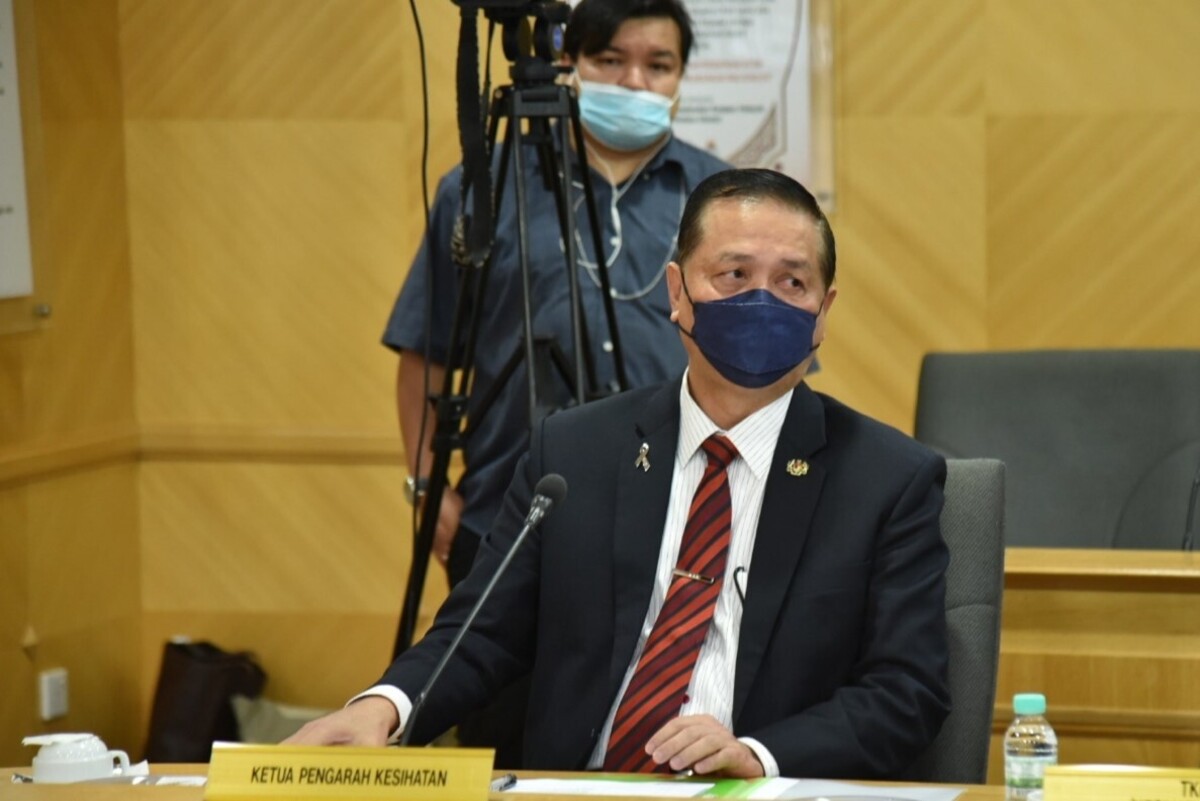KUALA LUMPUR, Jan 10 – The Ministry of Health (MOH) has listed seven “alert criteria” it will consider before deciding on stricter Covid-19 rules, but did not elaborate how standard operating procedures (SOPs) would be tightened.
Health director-general Dr Noor Hisham Abdullah today described the government’s current Covid-19 policy stance as “status quo”, amid concerns over a fresh coronavirus wave ahead of the upcoming Chinese New Year holidays.
Speaking to a select group of media outlets at a briefing today, Dr Noor Hisham said although the ministry remains vigilant through public health surveillance for Covid-19, previous case trends recorded last year suggest that the situation will remain under control.
“If we look at when our borders reopened on April 1, 2021, we’ve had many festivities – Aidilfitri, Aidiladha, the return of hajj pilgrims, Christmas, the general election (GE15) – but there was no surge in Covid-19 cases. And no new variants have been detected.
“The only variant we continue to detect is Omicron and its subtypes. The subtypes identified in China have also been detected in our country and cases have not spiked. Infections are still occurring but the severity of the cases have reduced.
“Gathering from our experience from April 1, although at the start we were hesitant that we would be able control Covid infections, but the last eight months or so have shown that we’ve been able to manage the situation well even though all our borders and sectors have reopened and we’ve allowed for festivities and gatherings to be held,” Dr Noor Hisham said.
CodeBlue obtained an audio recording of the briefing.
The seven “alert criteria” include:
- Covid-19 cases under the import A category from China increase. Currently, there are only three to four import A cases from China per month.
- The detection of new variants from the sampling of wastewater on flights from China. Currently, no new variants or sub-variants have been detected.
- The increase of influenza-like illness (ILI) and severe acute respiratory infections (SARI) from community surveillance, where samples are tested at selected health facilities.
- The detection of new variants reported by other countries from Covid case samples and environmental samples obtained in the respective countries. For example, the XBB.1.5 variant that was detected in the United States led to a significant increase in Covid cases in the country. The XBB.1.5 variant has yet to be reported in Malaysia.
- The capacity of the health service system is burdened with high rates of admission into wards and intensive care units (ICUs) that exceed capacity (more than 30 per cent bed occupancy rate).
- Increase in Covid deaths, especially if it involves an age group that is not at risk and Covid deaths at home or brought-in-dead (BID) cases.
- An increase in Covid-19 cases in countries bordering Malaysia, especially Singapore, Thailand, and Indonesia.
According to MOH’s presentation during the briefing, the percentage of non-critical bed occupancy rate (BOR) nationwide on January 7, 2023, stood at 13 per cent, ICU beds at 9 per cent, and Covid patients requiring ventilator support at 4 per cent.
KKMNow statistics, however, currently show more than 60 per cent BOR for non-critical care beds in every state in the country, and over 40 per cent BOR for ICU beds in every state, except Negeri Sembilan at 26.5 per cent.
When CodeBlue asked for clarification, the MOH clarified to say that its BOR data from the media briefing relates to designated beds for Covid-19 in MOH’s facilities. The ministry also confirmed there are no designated hospitals for Covid-19.








